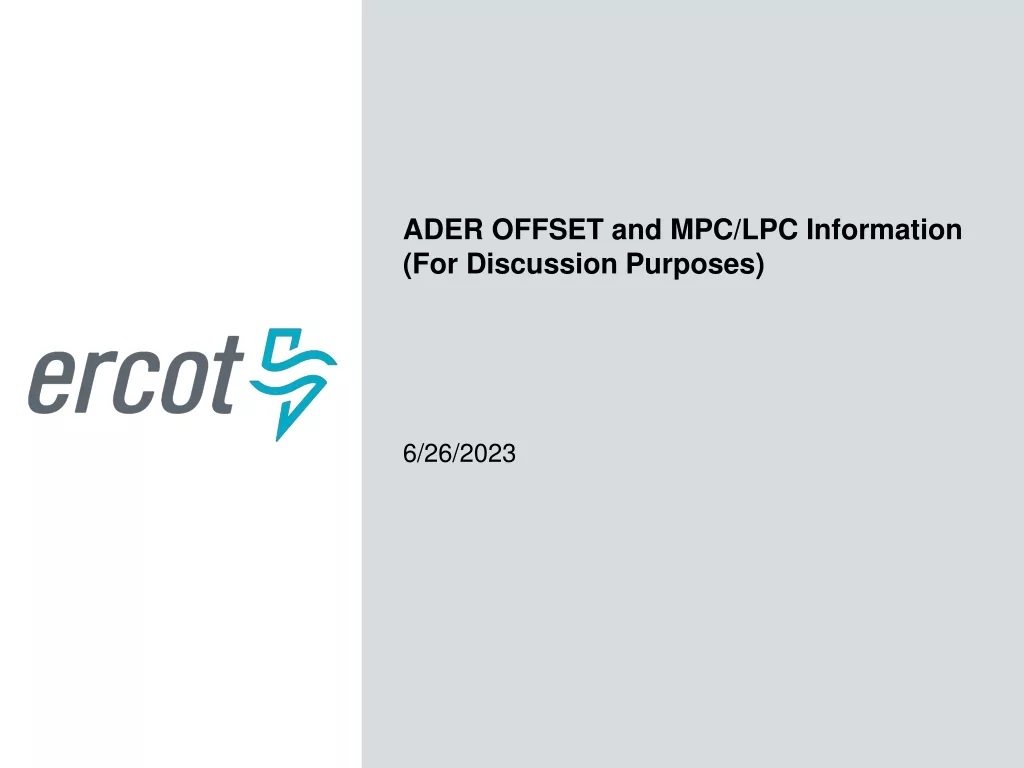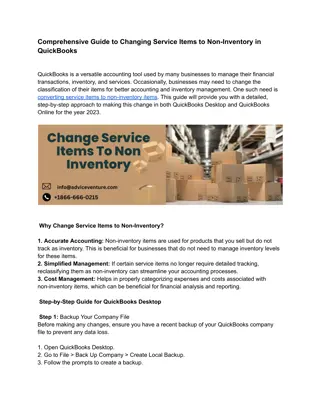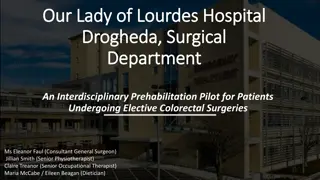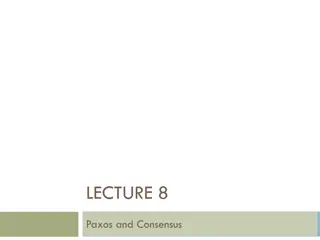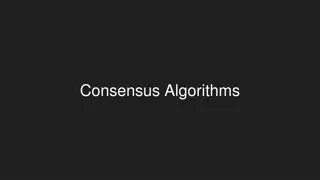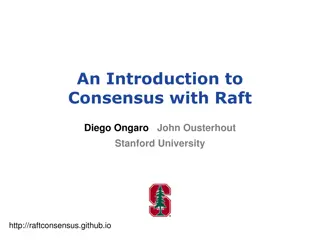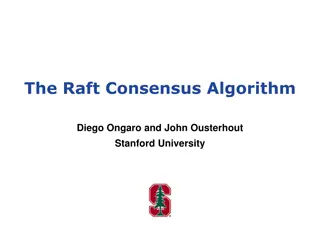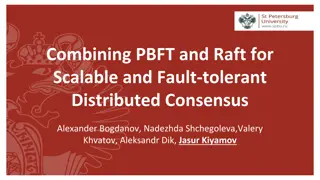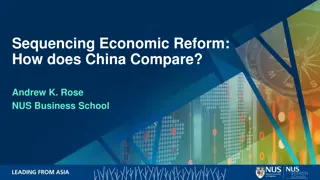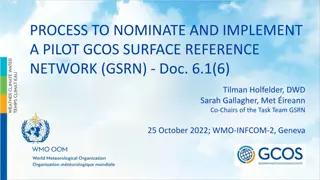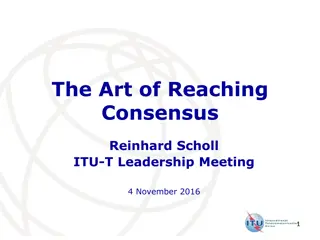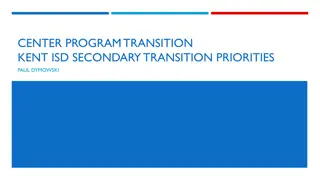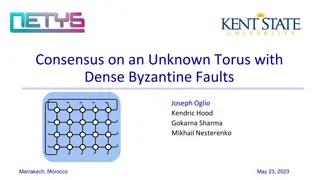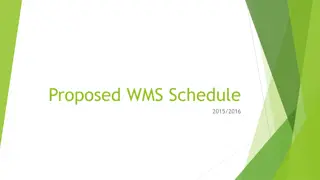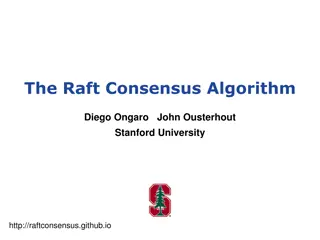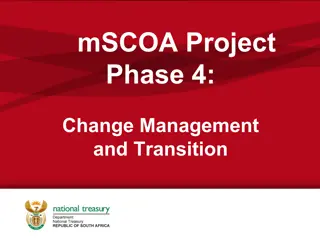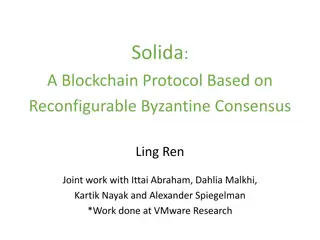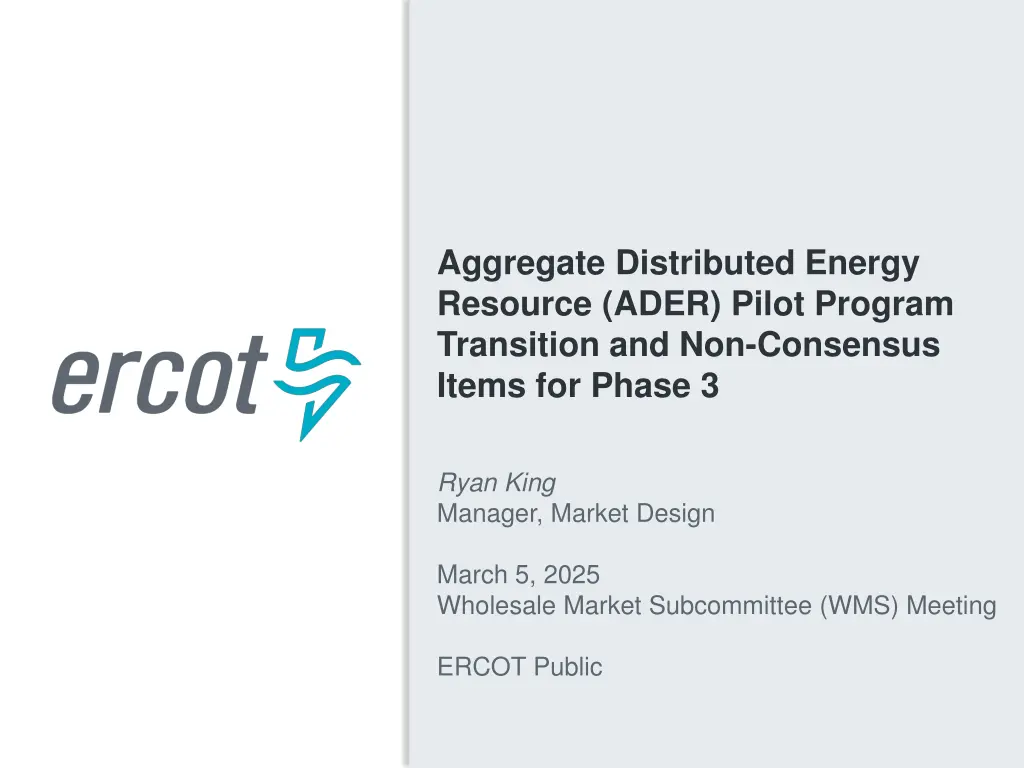
Transition & Updates in ERCOT ADER Pilot Program: Phase 3 Non-Consensus Items
"Explore the transition of the ADER Pilot Program to ERCOT stakeholder engagement, with a focus on Phase 3 developments and non-consensus items. Learn about recent work, pilot program status, and key discussions for the governing document."
Download Presentation

Please find below an Image/Link to download the presentation.
The content on the website is provided AS IS for your information and personal use only. It may not be sold, licensed, or shared on other websites without obtaining consent from the author. If you encounter any issues during the download, it is possible that the publisher has removed the file from their server.
You are allowed to download the files provided on this website for personal or commercial use, subject to the condition that they are used lawfully. All files are the property of their respective owners.
The content on the website is provided AS IS for your information and personal use only. It may not be sold, licensed, or shared on other websites without obtaining consent from the author.
E N D
Presentation Transcript
Aggregate Distributed Energy Resource (ADER) Pilot Program Transition and Non-Consensus Items for Phase 3 Ryan King Manager, Market Design March 5, 2025 Wholesale Market Subcommittee (WMS) Meeting ERCOT Public
Introduction On February 6, 2025, Public Utility Commission of Texas (PUCT) staff filed a memo recommending that: the pilot program and related discussions move to the ERCOT stakeholder process and seek to engage with a larger community of ERCOT market participants, beginning with a discussion at the Technical Advisory Committee about how best to move the project forward. At the Open Meeting on February 13, 2025, the Commission supported this recommendation and transition. On February 27, 2025, the Technical Advisory Committee (TAC) opted to give ownership of this topic to WMS. This presentation is intended to share the work that has been on-going with the ADER Task Force at the PUCT with a focus on non-consensus items for what will be included in the Phase 3 governing document. The near-term goal is to have resolution on these items so that the Phase 3 governing document can be taken to the ERCOT Board or Directors (Board) in June for their approval. 2 PUBLIC
Pilot Program Status (as of February 19, 2025) The pilot initiated in late 22 and is currently in Phase 2. ADERs largely utilize the existing Controllable Load Resource (CLR) participation model and are eligible to provide Non-Spinning Reserve Service (Non-Spin) and ERCOT Contingency Reserve Service (ECRS). There are currently 3 ADERs that have been qualified to participate in the wholesale electric market. ERCOT has accepted 8 additional Details of the Aggregation (DOTA) forms. These potential ADERs are in various stages of registration and qualification. Total ADER capacity (qualified and potential): 25.7 MW capability for energy 11 MW capability for Non-Spin 8.8 MW capability for ECRS MWs for energy and count of ADERs by Load Zone for all 11 ADERs 7.3 MW (1) 0.7 MW (1) 3.4 MW (3) 14.3 MW (6) 3 PUBLIC
Recent Work with the ADER Task Force ERCOT staff has been working with the ADER Task Force to develop a governing document for Phase 3 for the pilot, with a goal to have Board approval in April. Changes for Phase 3 have focused on: 1) A new participation model option where ADERs can participate in the ERCOT market as Non-Controllable Load Resources (NCLRs). I.e., Resources that provide Ancillary Services but are blocky in nature and aren t actively dispatched through Security-Constrained Economic Dispatch (SCED) in Real-Time. 2) Allowing 3rd party aggregators for NCLR-type ADERs when the individual premises/devices that make up the aggregation are larger than 100kW. (discussed further on next slide) 3) Updates to pilot participation limits. (discussed further on next slide) 4 PUBLIC
Outstanding, Non-Consensus Items for the Phase 3 Governing Document 1) 3rd-Party Aggregators for NCLRs: Compromise solution voted on by a majority of taskforce was to allow 3rd party aggregators for NCLR-type ADERs when the individual premises/devices that make up the aggregation are larger than 100kW. The kW threshold was designed as a compromise with the assumption that these premises would not be residential consumers and would tend to be more sophisticated about their energy provider and arrangements. There was a goal to find a balance between competition and consumer protection. Opposition: a minority expressed concerns and have proposed that the concept be stricken from the governing document. 2) Pilot Limit Increases: Giving ERCOT staff additional flexibility to increase pilot limits without a governing document update by expanding the discretion to include the limit on a QSE s ability to register more than 20% of the system-wide cap. This was a majority endorsed compromise where the original proposal was to eliminate the per QSE limit all together. Opposition: Some parties prefer the limit, but no one is strongly opposed to this language change. 5 PUBLIC
Next Steps for WMS In the near-term, the goal is to take the Phase 3 governing document to the Board in June for their approval along with a report for Phase 2. For this to happen, the focus for WMS is the two non-consensus items from the previous slide. A draft of the Phase 3 governing document was posted for today s meeting. In addition to capturing input related to the non-consensus items, ERCOT staff will be working on additional edits to recognize the transition and to remove references to the ADER Task Force as the place for pilot discussion. 6 PUBLIC

